My favourite apple tree, Flowers, Boobs, and a very special Asparagus and tarragon tart
Abundance: Thursday 8 May 2025
This is my favourite apple tree1. It sits high on the cliff to the east of where I live. In its shifting shadow, bluebells reach for the sky. Taking this photo, I made a quiet promise to keep an eye on the fruit later this year and risk a bite. I say ‘risk’: chances are this is the result of an apple core being thrown absentmindedly into the rough sometime around the turn of the millennium, and apple seedlings almost always reach erratically and unpredictably into their genetic make up to produce randomly bitter fruit: my return will be more in hope than expectation.
That said, the first Bramley apple - a seedling grown from a pip by Mary Ann Brailsford in 1809 - and is still alive in a garden in Nottinghamshire. Every single Bramley you (or anyone) has ever eaten has come from a child grafted from a child (multiplied a few times or more) of that first Bramley. One day I shall visit that tree.
Almost all apple blossom has next to no scent, and while I know this, I can’t help but see if my memory is wrong. Despite optimistic inhalations, this apple’s flowers smell of fresh air.
The hedges are full of hawthorn, its beautiful flowers writing a cheque its scent almost never cashes. 19 times out of 20 times when I push my nose into the blossom, they smell initially of almondy vanilla, but - like a funny uncle whose joke turns ‘a little bit’ racist on the punchline - the scent turns to someone else’s socks soaked in someone else’s pee. Those 19 disappointments are, like publisher rejections, worth it for the 1 in 20 when the promise turns sweet. Not today.
Two weeks ago, I saw the first elderflower of the season: it must’ve been in a hurry. It had almost no scent, the sun yet to properly reach it that day, and perhaps too soon out of its box to develop the perfume. Today, by the sea, I finally saw more but the wind was too lively and the sun too weak for the perfume to fly.
And so, inspired by the flowers on today’s early dog walk, I made my way around the sunny garden looking - really looking; doing nothing else but looking - at what’s in bloom.
The first medlar flower unravelled a week ago - you can tell they are from the same family as roses but alas, none of their perfume. Still: are they not beautiful close up.
Three days later and the young tree is covered in ragged torn-hanky flowers; each a promise made to autumn. Every time I leave the house and every time I return, they lift my mood.
The ginger rosemary - a variety every bit as delightful as it sounds2 - is in tiny glorious flower. If you have one (or a regular rosemary, for that matter), carefully pluck one of its tiny blossoms from the plant and chew it right upfront, where the taste receptors on the tip of your tongue will enjoy it best: a sweet, gentle gingery rosemary will reward you.
A handful cast into a fruit salad, or a few floating in a gin and tonic - munch on them like a trout on a mayfly, when your lips find them - is so very good.
Sweet cicely flowers may smell of nothing, but - like the seeds that follow and every other part of the plant - they taste of sweet liquorice comfits. Just don’t eat too many of the flowers or the delicious seeds that follow will be few in number. A couple of those fern-like leaves roughly chopped into a leafy salad bring sweet, succulent punctuation as April turns to May, while the chopped seeds lift any sour fruit - a rhubarb crumble if especially fine for its presence.
Carolina allspice may be unremarkable for much of the year - though its glossy leaves have a certain charm - but for a few weeks in spring, when it flowers, it is really something. The flowers’ scent is as fine as its looks: a spicy, heady, slightly star anise-like perfume - imagine a balmy summer night somewhere unusual, where you are just slightly drunk and have fallen slightly in love. Carolina allspice’s home is in the river basins of the southern states of the US, where it is known as the bubby tree. Bubby came from booby: there was a time ladies would pluck a flower or two and place it in their cleavage, the perfume released as their body temperature warmed the flowers. I am of an age where it may only be a year or two until I have the equipment to test that, but for now, their scent only takes to the air on the sunniest of evenings. The flowers are very definitely not edible: the bark, dried, tastes and smells of a nicely citrussy cinnamon.
The blueberries are in flower. So many years I walk past them impatient for fruit, awaiting the chalky blue reward, and miss the pleasure that leads to it. Look at those gorgeous bell flowers, and the red/pink tint at the tips of each blue/green calyx. With luck (and a few pollinators), each of these will turn to a sweet/sharp fruit for summer breakfasts, and every year from this that I’m lucky enough to still be on this spinning rock I will pay more attention to them.
Every garden should have a mulberry: self fertile, delightfully irregular in shape, with elegant leaves (in the shape of the region of Morea, Greece, hence their latin name Morus), and the most delicious, unbuyable fruit. So captivated was I by my first taste (in my 30s) that I was driven to find a patch of land to grow a few, from which every word I’ve written about food and gardening, every book and every post has come. I owe the mulberry a very great deal.
This is Pakistan, a very long fruited variety, which if you look closely you can see flowering. It has only been in the ground 3 years and I am hopeful of summer fruit. So much for the old tale of mulberries being planted for your children: so much, as always, depends on the variety you choose.
Not many people grow the blue sausage plant - Decaisnea fargesii - and not often does it reward those who do with its fruit, but I live in hope. When the stars align, long electric blue pods - similar to broad bean pods - develop over summer, each filled with a glorious melon flavoured pulp, along with a good number of large seeds for the pleasure of firing from curved tongue at some garden target. Fruit or not, those Dr Seuss flowers are plenty enough to justify their place in the garden.
Even the most dedicated grow-your-own gardener is unlikely to grow their own pepper, even though most (all?) will have it in their home. The classic black pepper, happiest in Kerala, will not thrive in the UK, never mind fruit, but there are a number of peppers that do. Numerous Szechuan, Nepalese and Japanese peppers are not only hardy enough for these islands, they produce heavily and happily. This - the Japanese pepper (aka sansho) - might traditionally be harvested for leaves, but the peppercorns are really special too. These tiny flowers will each develop into a lively peppercorn, ready to pick green from July, turning rust into a lively red into September. And while the flowers and the leaves smell of nothing, a soft rub on the leaves is all you need to take on the scent of autumn pepper to come.
Asparagus and tarragon tart
This is the simplest of lunches of quick suppers, and shows off how very well asparagus loves a little gentle aniseed. Even if you don’t like aniseed, please do give this a try - it just gives the impression of lifting, of implied grassy sweetness rather than aniseed as such. If you are lucky enough to have sweet cicely growing in your garden and it produces its sweet baton seeds before the asparagus season ends, use a handful, chopped fine, instead of tarragon, but fear not - it’s no better, just differently superb.
125g soft goat’s cheese
250g mascarpone
zest of 1 lemon, plus a little of the juice
1 clove of garlic, peeled and grated
6 stems of tarragon, leaves only, finely chopped
450g asparagus, woody ends removed
280g ready made puff pastry
Extra-virgin olive oil
1 tsp smoked paprika
Sea salt and freshly ground black pepper
Heat the oven to 180°C fan.
Mash the goat’s cheese, mascarpone, lemon zest, garlic, tarragon, and a little salt and pepper together until well mixed. If it is a little stiff - this varies depending on the cheese - add a little lemon juice to loosen it.
Lay the puff pastry on a sheet of baking paper, on a baking tray. Lightly score a 2cm border along the four sides of the pastry.
Spread the tarragon mix evenly within the scored lines. Place the asparagus spears pointing in alternate directions on top, and brush with olive oil. Sprinkle with salt and pepper.
Place in the centre of the oven and bake for around 25 minutes, until golden. Sprinkle with smoked paprika. Allow to cool for a few minutes before cutting and serving with very crisp lettuce and a sharpish dressing.
My favourite changes almost daily
Try a few stems thrown into the roasting pan with rhubarb and a slosh of elderflower cordial, roasted until the fruit is just tender, or with roasted vegetables and/or lamb


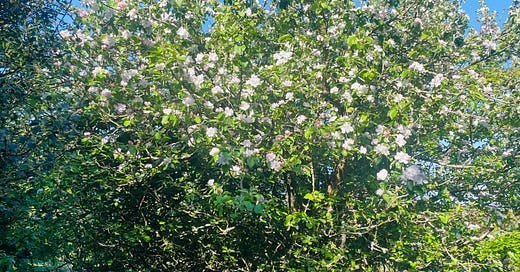






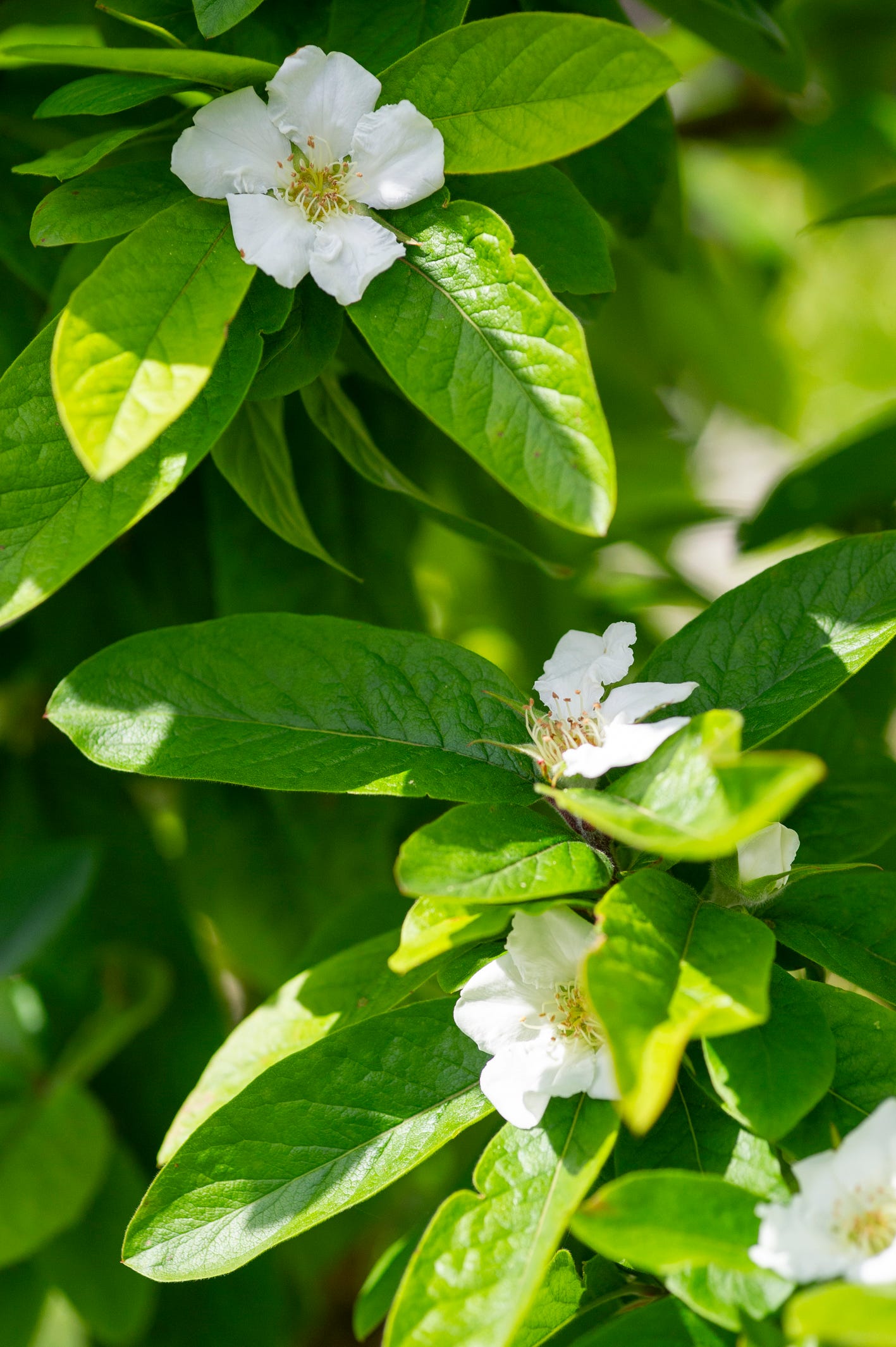
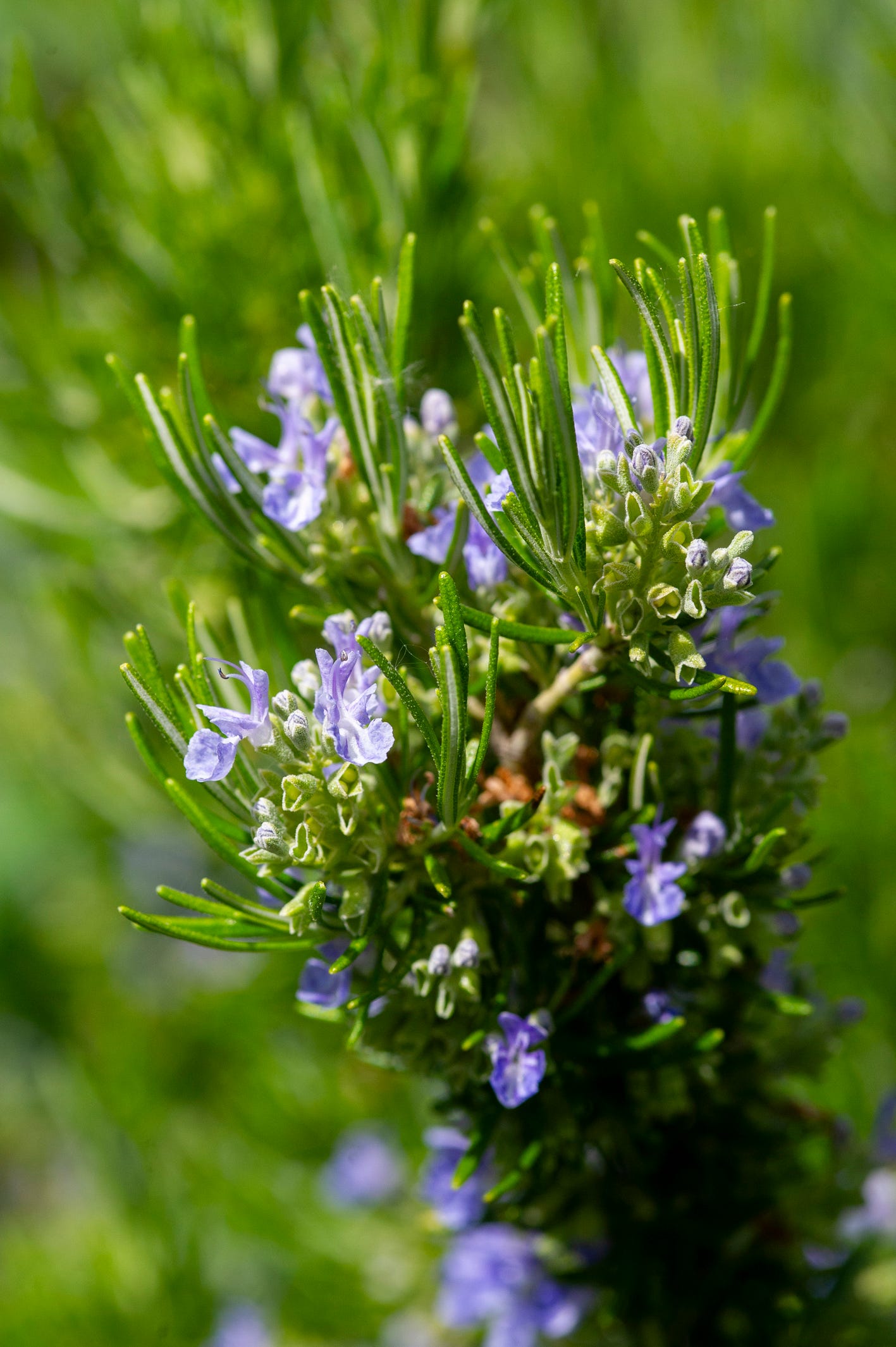



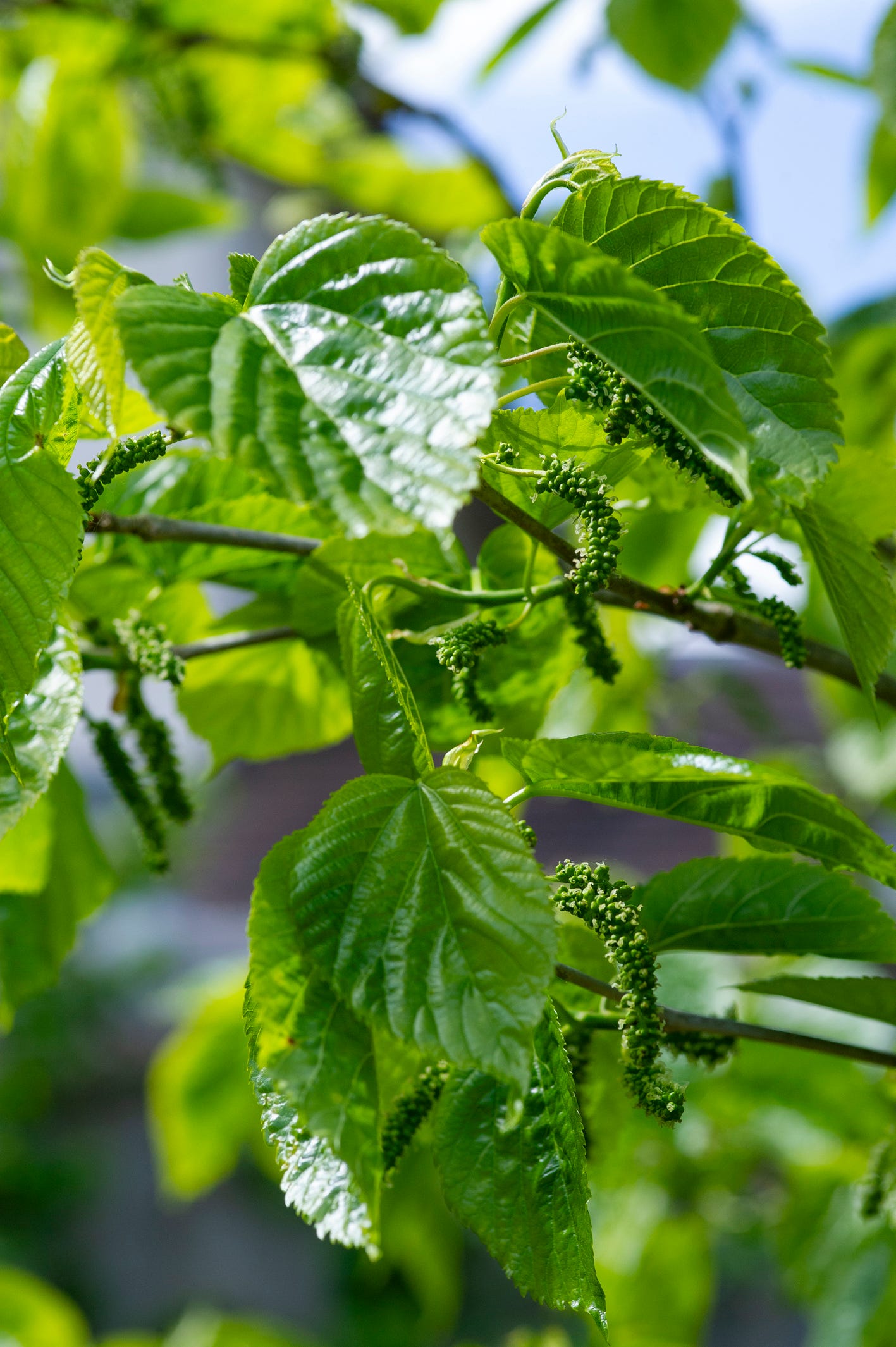
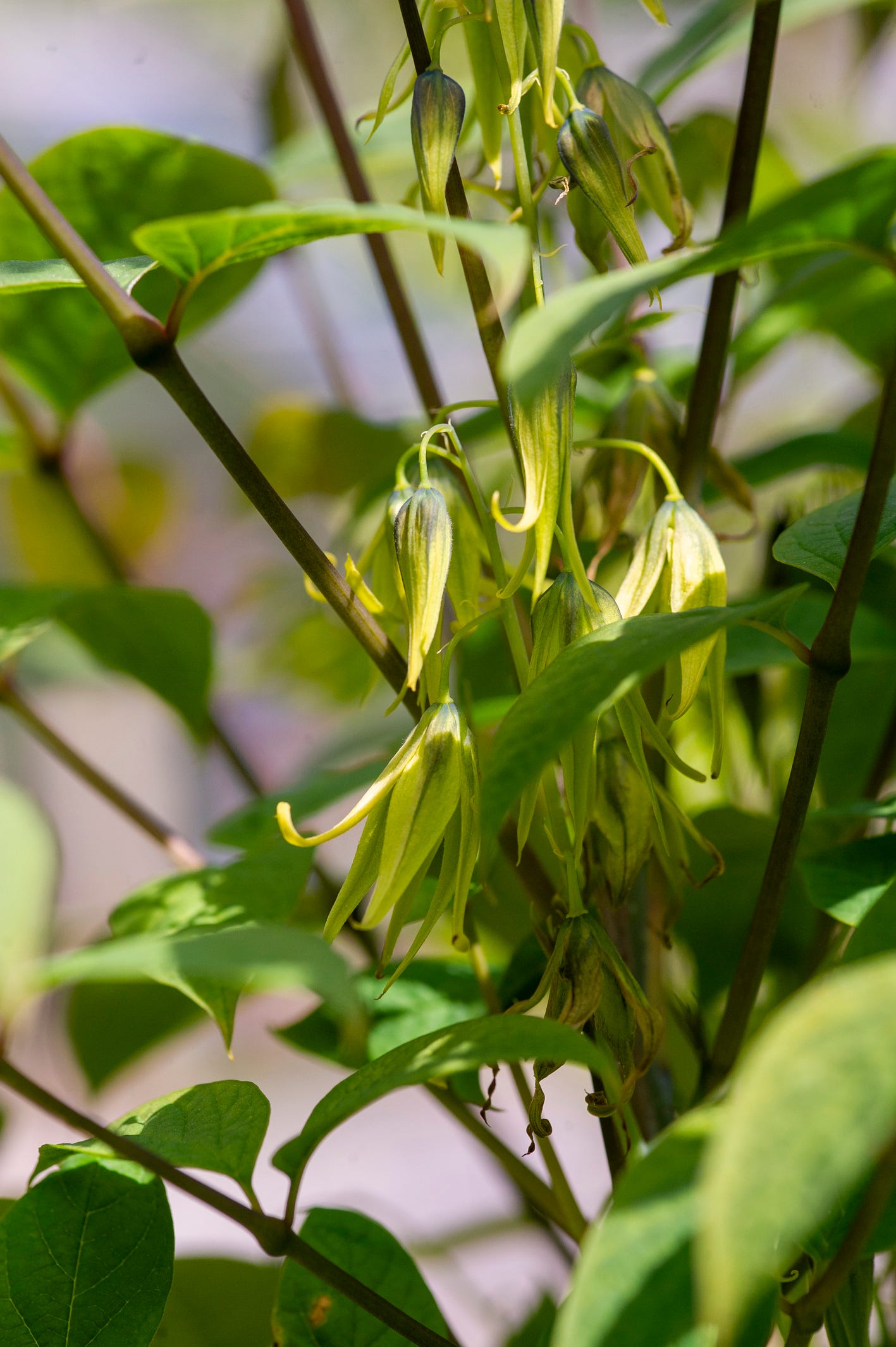
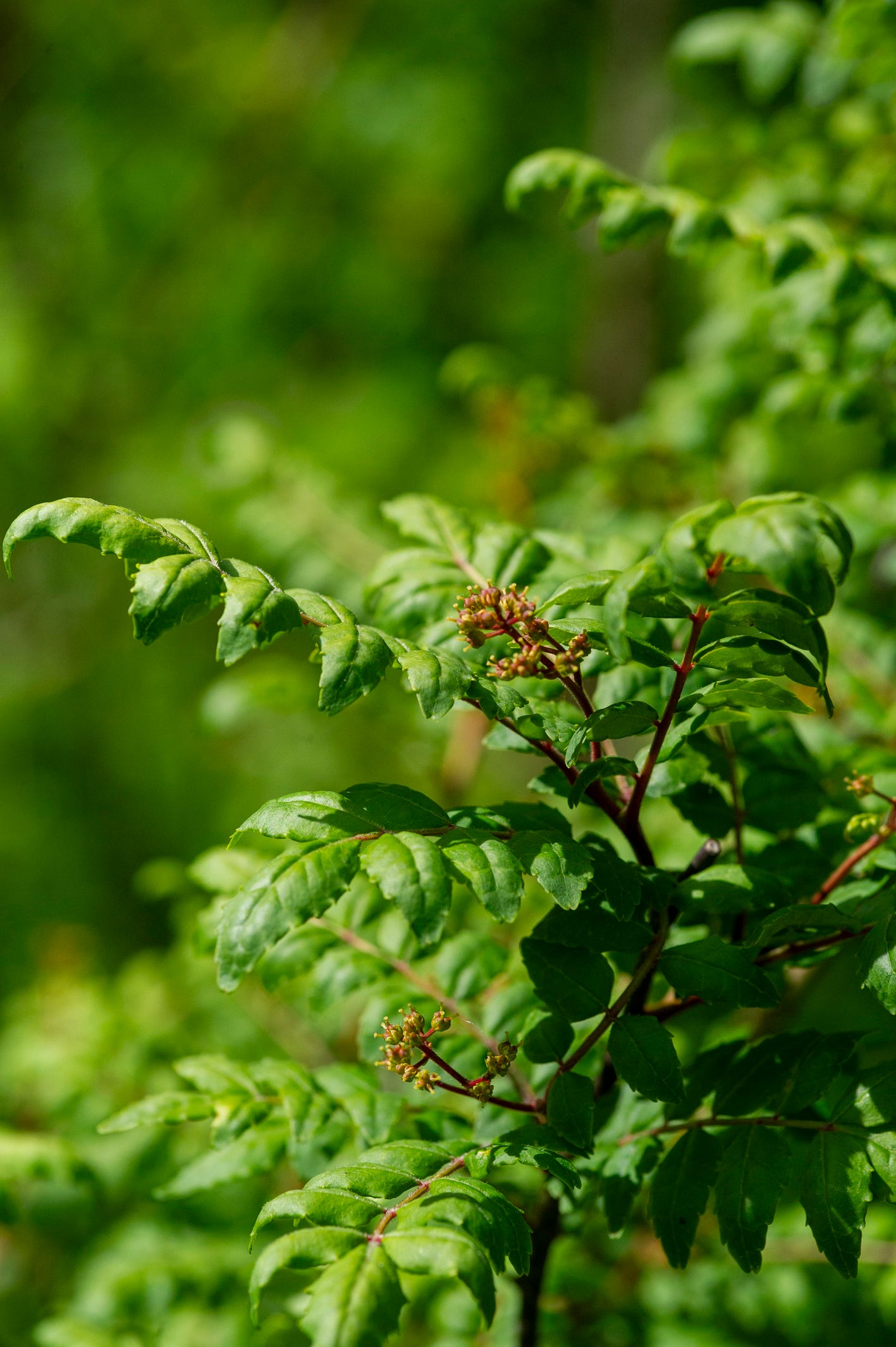

Your description of hawthorn is superbly observed and entertaining. Wish I’d read the asparagus tart recipe before I cooked last evening, my invented recipe was considerably less elegant. Wishing you a happy time at Malvern Spring Festival these next few days.
The most gorgeous letter I’ve read all week 🥰 thank you for sharing! Xx